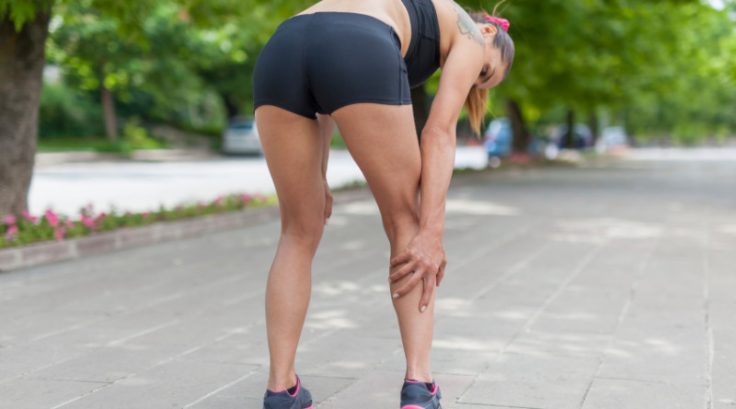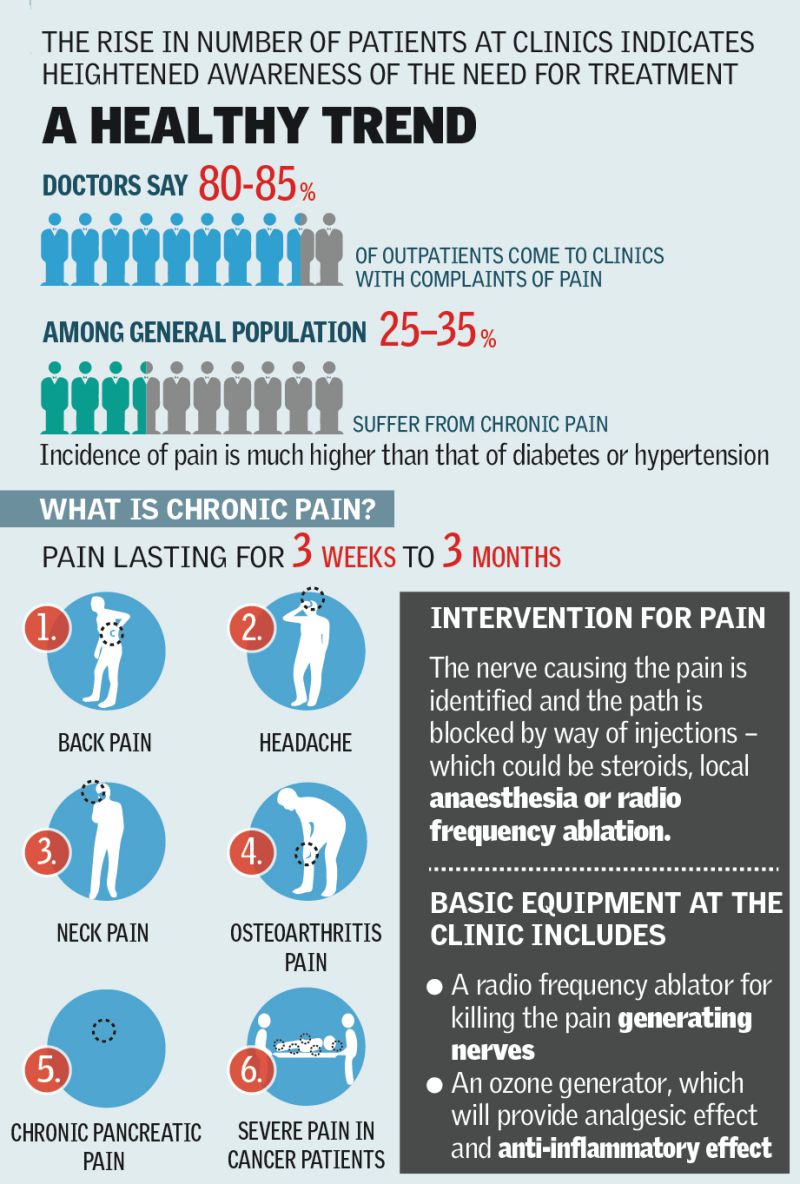Pain During Exercise: When Should You Worry About It?

That boot camp-style class at the gym seemed like a great idea, didn’t it? You sweated through the class, owned every burpee and push-up. And also did the cool-down routine to help your muscles at the end of the hour-long class and didn’t feel any pain during exercise.
You thought of it as a way to jumpstart your stagnant workout routine and learn some new cardio moves.
But the next day, you were barely able to walk up the stairs. And forget about reaching into the top of the pantry for your cereal. Are these aches and pains a normal part of a new workout routine, or are they something to call your doctor about?
How can you tell when the pain during exercise or right after it is something that needs medical attention? Here are some tips to evaluate your pain.
When Pain During Exercise Can Be A Good Sign
Anyone who’s tried out a CrossFit gym to see what all the fuss is about is well aware that muscle soreness after a workout can be normal.
When muscles are tested beyond their typical level of exertion, tiny damage occurs in the muscle fibers, and the surrounding area becomes inflamed. This results in the familiar pain you feel a day or two after a tough workout.
This pain during exercise or right after will commonly disappear either on its own or with some basic treatment, such as stretching, applying ice or heat and taking an anti-inflammatory medicine like ibuprofen.
Perhaps the best and easiest thing you can do to avoid pain during exercise is to stretch both before and after your workout.
Staying hydrated will also give your body the fuel it needs. And getting enough sleep or rest time after a workout also allows your body to recharge. Stretching, hydrating and resting are often overlooked, but they are critical parts of your workout routine.
When Pain Is Persistent
Because pain is subjective — meaning we each feel pain differently — it is hard to apply a litmus test to determine its seriousness. However, you know your own body best. So here are some tips for identifying and treating persistent aches and pains.
A brief period of pain may be a sign that your body is adjusting to a new, more intense level of exercise. It’s time to talk to your doctor when you have the following pains:
- When the pain lasts beyond a few days;
- Pain that is sharp or stabbing instead of a dull ache;
- And pain that increases.
Identifying pain as serious injury or as a result of a medical condition is the first step. According to the National Institute of Neurological Disorders and Stroke:
Chronic pain persists over a longer period of time than acute pain and is resistant to most medical treatments. It can — and often does — cause severe problems for patients.
Treatment options for chronic pain include:
- acupuncture;
- physical therapy;
- chiropractic care;
- massage;
- compression.
Medication is sometimes necessary, especially painkillers, as well as electrical stimulation. In some cases, surgery may be needed to provide pain relief.
Sometimes, the pain during exercise could actually be caused by disease or infection. Pain can be caused by diseases like meningitis or toxicities like urinary tract infections.
When your pain is persistent and long-lasting, avoid the urge to self-diagnose. None of these more serious avenues to pain relief should be undertaken without consulting your doctor first.
Staying hydrated, warming up and cooling down after every exercise session and easing into a new routine slowly are all ways to avoid pain during exercise.
But if your pain lasts or is getting worse, it may be time to talk to a doctor or physical therapist to come up with an action plan. Taking care of the pain now will ensure that you stay fit and healthy for years to come.
Image credits: TheHindu

